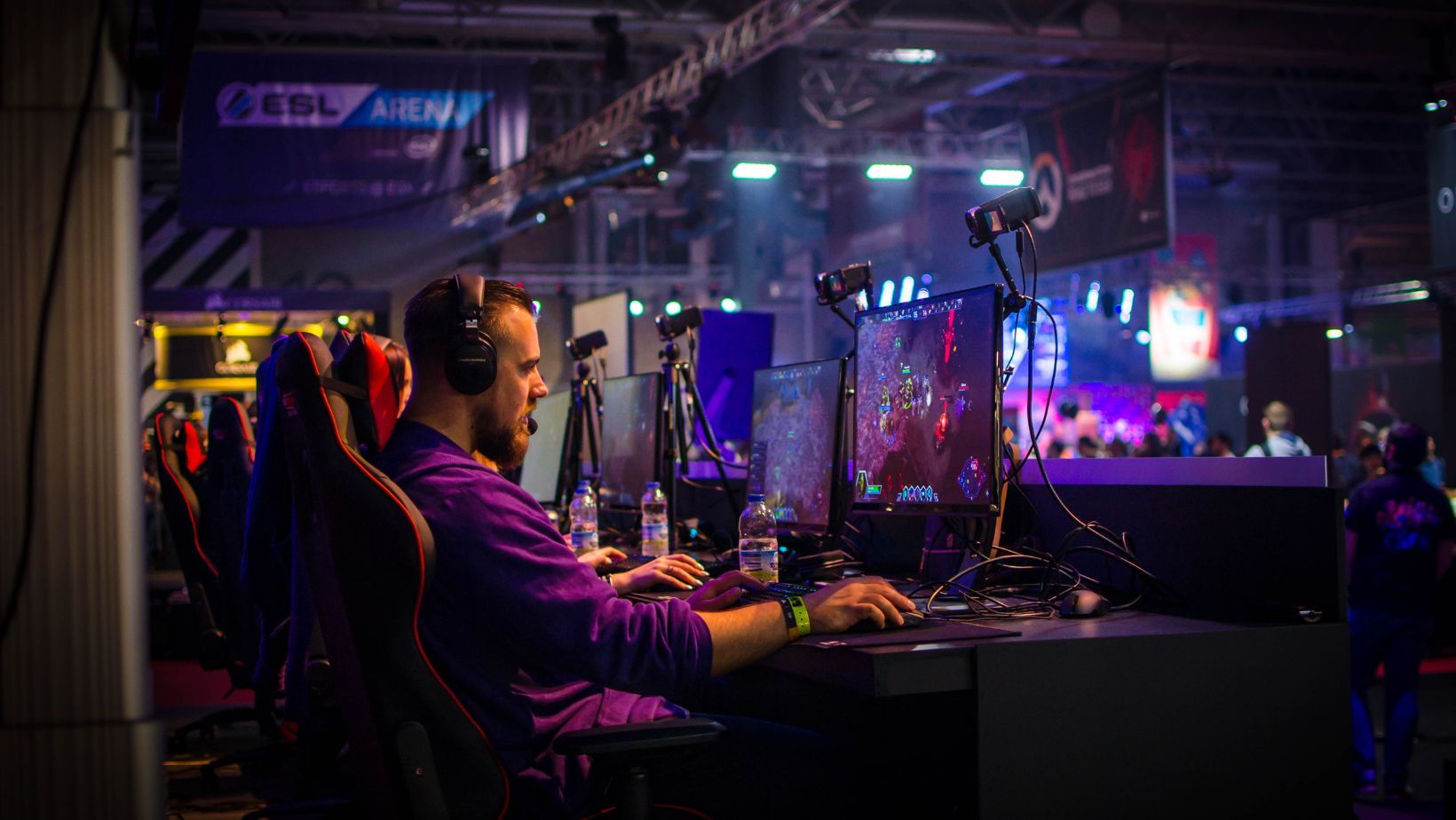Esports is organized competition in video games with rules, formats, coaches, stats, and trophies. Arenas host finals, streams carry every angle, and a full economy supports teams, leagues, talent, and tech. The appeal is not mystery; the appeal is reliable drama built from skill, strategy, and timing.
Attention in modern life arrives in short bursts. The same arc appears in casual titles such as big small game casino, where quick reads, clear feedback, and compounding rewards create flow. Esports formats borrow that rhythm: compact rounds, momentum spikes, and frequent decisions that matter for the scoreboard and the story.
How It Actually Works
- Formats with a spine: Tournament brackets, leagues with standings, and playoffs with seeding produce stakes at every step. Best-of maps or matches reduce randomness and reveal depth.
- Roles and metas: Games mature into roles — entry, support, sniper, in-game leader — and into “metas,” which are the dominant strategies after balance patches.
- Coaches and prep: Opponent study, map vetoes, and set plays turn match day into execution rather than guesswork.
- Production that translates skill: Observer teams, replays, and on-screen data convert fast inputs into readable narratives for seats and streams.
- Integrity and logistics: Anti-cheat, device checks, server standards, and officiating crews protect fairness while travel plans and schedules protect performance.
This backbone makes the scene feel professional rather than improvised. A calendar of majors, regionals, and show matches ensures regular touchpoints, while rankings and qualification rules keep movement honest. The system rewards consistency without deleting upsets, which is why new stories keep breaking through old jerseys.
Why People Watch Without Needing a Manual
Esports supplies clear stakes and fast feedback. A clutch round, a last-hit race, or a perfect rotation delivers meaning in seconds, yet deeper layers wait for curious minds. Strategy boards and VOD rooms explain pathing, economy, or draft logic for anyone who wants more than highlights. Community creators amplify this loop with tutorials, breakdowns, and short edits that travel beyond hardcore circles.

Casual fans value personalities as much as tactics. Streams and stage interviews create proximity, which turns a nickname into a brand and a celebration into a meme. Local events add texture: college leagues, city qualifiers, and regional LANs put faces to screen names, then a few months later those faces appear on international broadcasts.
The Money Question, Answered Simply
Sponsorship, media rights, ticketing, merchandising, and in-game item revenue fund the ecosystem. Brands are not just logos on LED boards; brands pay for clinics, creator content, and fan utilities such as transit perks or discount codes. The best programs prove impact with real dashboards — conversions, retention, and lift — so partnerships last longer than one trophy photo.
What Makes a Game “Esport-Ready”
- Readable action: Spectators must parse victory conditions at a glance. Clear objectives, distinct roles, and visible progress beat clutter.
- Skill density with counterplay: High ceiling, low input confusion, and reliable ways to answer dominant strategies keep competition honest.
- Patch cadence with restraint: Balance updates should refresh play without breaking practice plans or historical comparisons.
- Broadcast tools: Observer controls, data APIs, and replay markers allow directors to show cause, not only effect.
- Pathway for talent: Ranked ladders, amateur circuits, and academy teams let new names climb without gatekeeping.
Games that check these boxes produce careers, not flashes. A healthy title lets veterans iterate while newcomers discover space to matter. The result is a cycle: practice builds skill, production converts skill into story, and story brings the next wave of competitors to queues and tryouts.
Between big finals sits everyday play. Ranked modes train decision-making, community servers teach etiquette, and scrims tune timing. Clubs recruit from that constant motion. Analysts tag tendencies. Coaches write playbooks. By the time a bracket opens, preparation has stacked enough to make outcomes feel earned rather than random.
Quick Guide to Getting Oriented
New audiences often start with a single team or creator, then branch to rivals and regional styles. A simple checklist helps: learn win conditions; note economy or cooldown management; notice how space is taken and defended; track set-piece calls like executes, rotations, or objective trades. After two or three matches, patterns begin to surface, and storylines feel less like jargon and more like sport.
The wider culture fills the gaps. Cosplay walks, fan art, local meetups, and charity matches give match days a festival frame. Accessibility features — captioned desks, colorblind modes, controller options — invite broader participation. That mix fuels the ticket line and the comment section without diluting the competition.
The Five-Minute Verdict
Esports is structured competition tuned for modern attention. Formats create stakes, production translates speed, and communities supply flavor. Money arrives when the product respects time and proves value. A game earns the “esport” badge by being readable, skill-rich, and coachable, with tools for broadcast and paths for new talent. That is the whole picture, no yawn required, just signal over noise and a calendar that keeps coming back for more.

